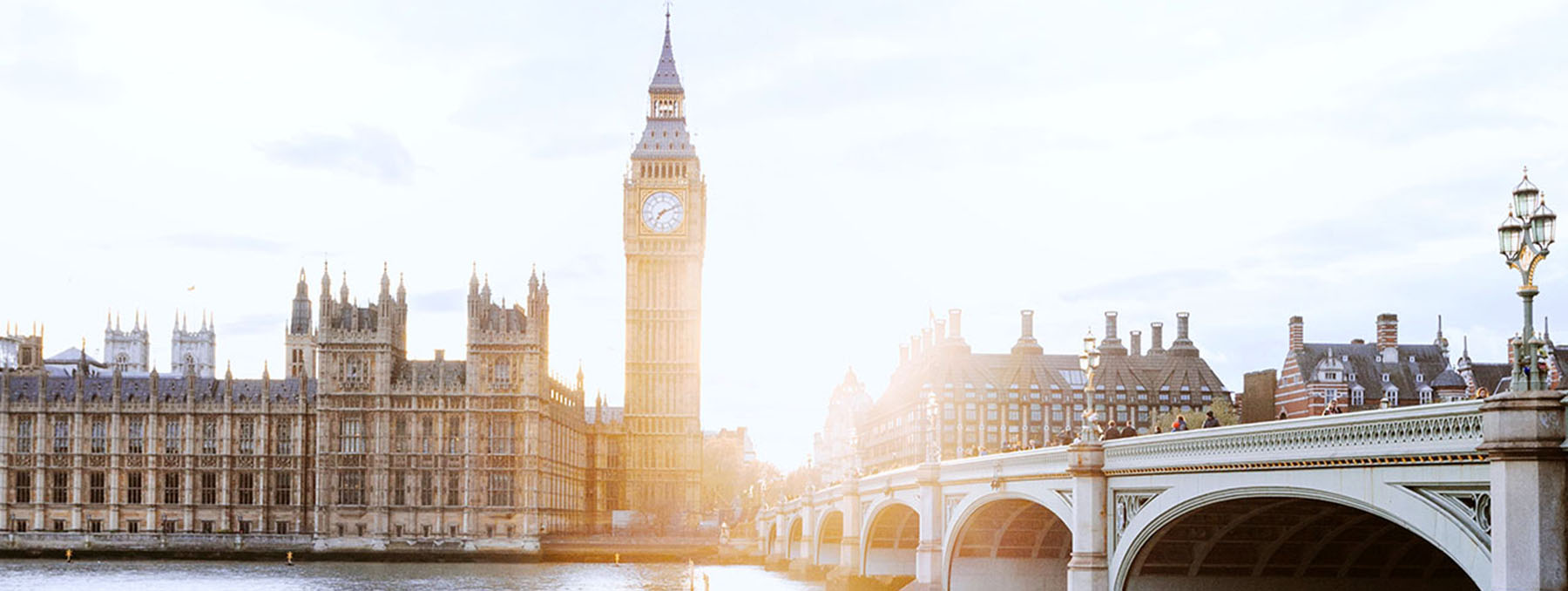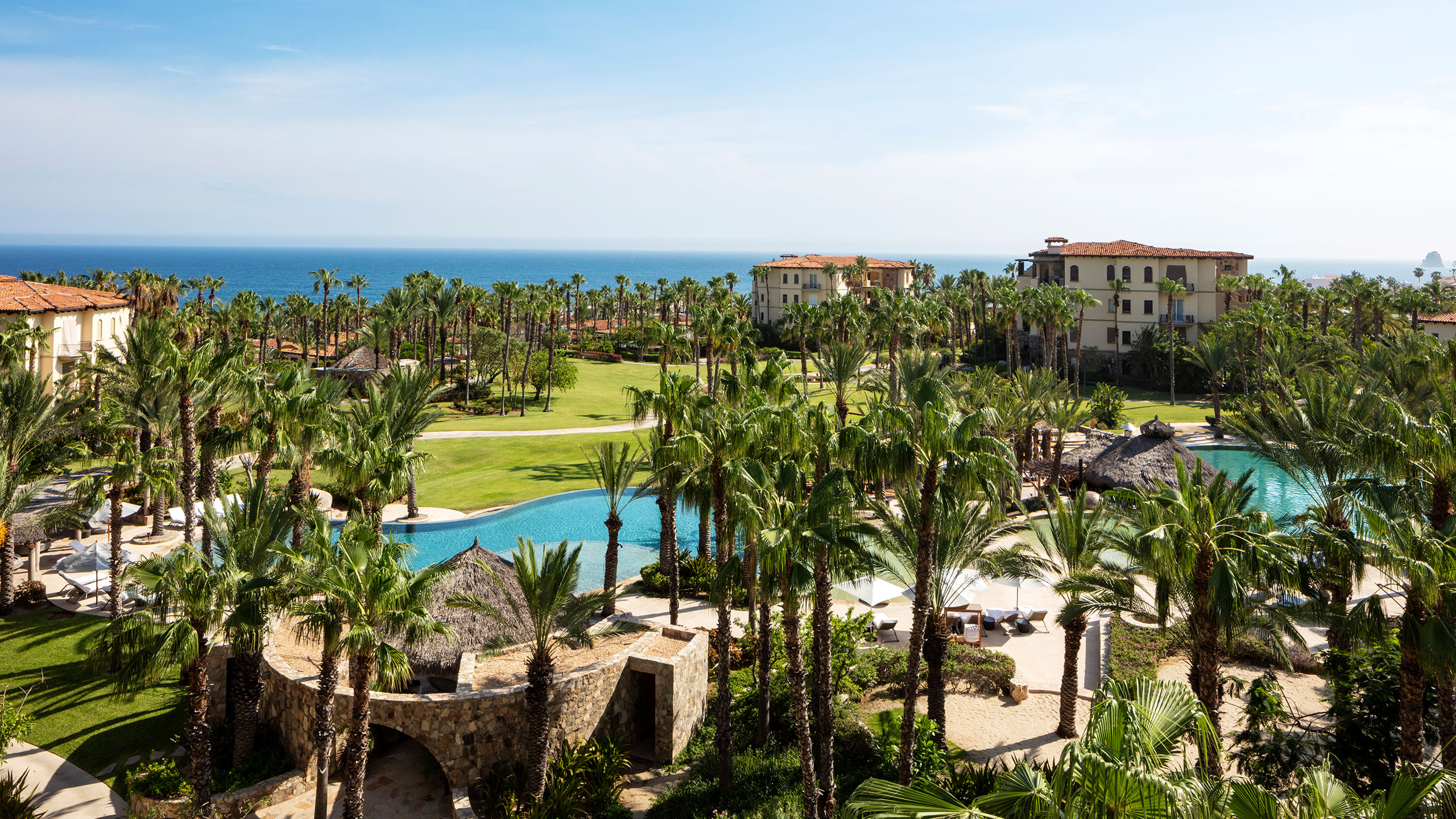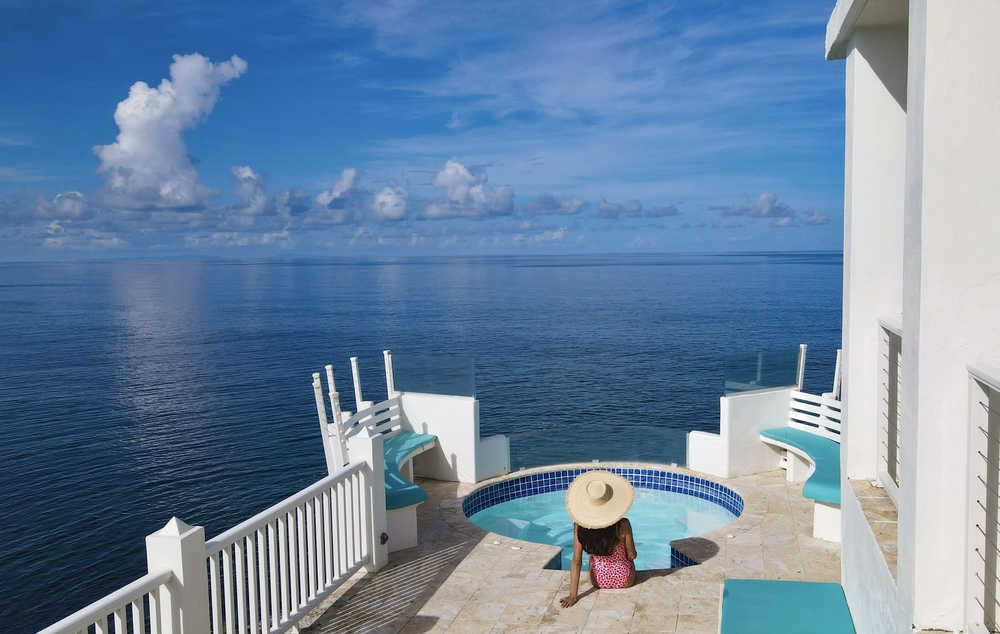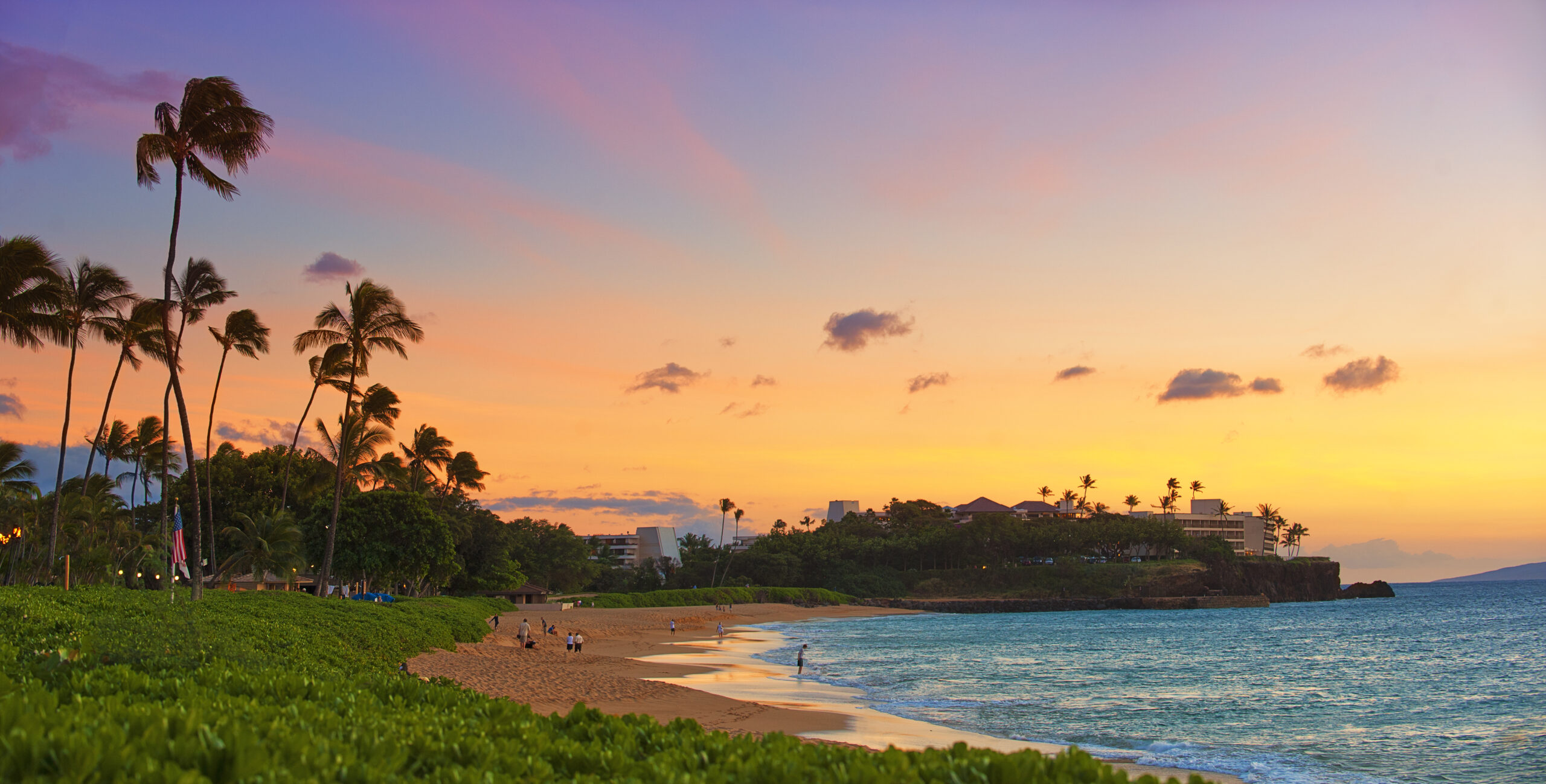Sicily seems to be everywhere lately—photographed in the pages of glossy travel mags, splashed across the Instagram feeds of travel influencers, and even featured on the silver screen as the setting of the second season of HBO’s “The White Lotus.”
There’s good reason for that. The largest isle in the Mediterranean, Sicily promises tourists a glimpse into a glamorous bygone Italian era, with miles of sandy beaches, open-air street markets, incredibly preserved architectural ruins, and one of Europe’s most volatile volcanoes towering above it all. Here are four reasons to visit Sicily on your next European sojourn.
The towns
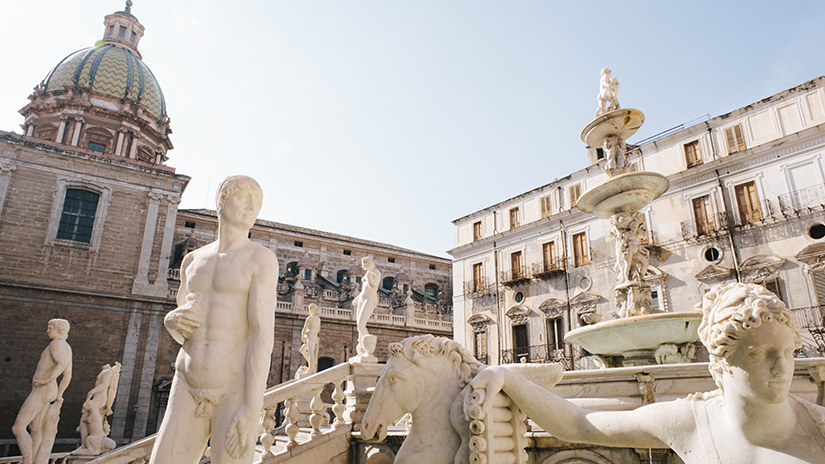
On walking tours of the capital city of Palermo, pop into ornate palaces and stately cathedrals and marvel before intricate fountains in open-air town squares. You’d be remiss if you didn’t snag tickets to a performance at the Teatro Massimo opera house—the venue itself is as much an attraction as whatever happens to be taking place on stage. The largest public opera house in Italy, this neoclassical building dates back to 1897 and seats more than 1,300 guests.
Taormina, situated on a hilltop along the island’s northeastern coast, is almost too cute to be real, with cobblestoned streets, bougainvillea drooping down over balconies, and buzzy outdoor cafes where locals linger over conversation and cocktails. It’s also home to wide-open beaches lined with colorful umbrellas.
The food
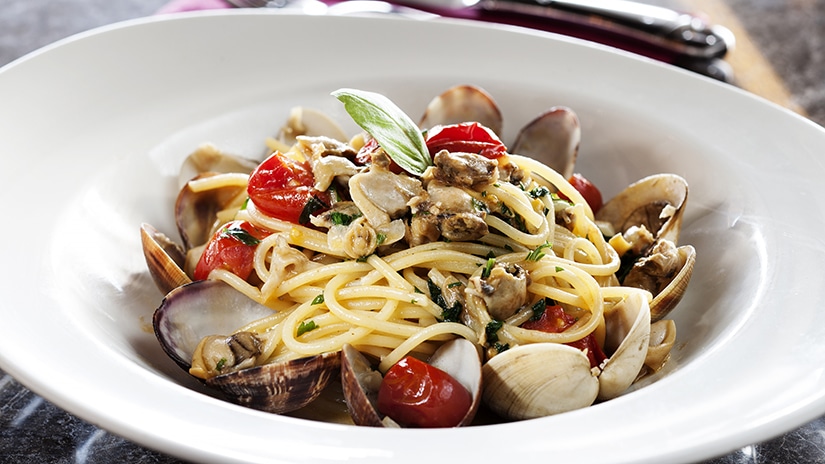
Sicily is a foodie’s dream. Restaurants are unpretentious yet adventurous, with menus that incorporate ingredients typically not found on Italian menus (like couscous, raisins, and prickly pears) thanks to Sicily’s history as a melting pot of cultures.
In Palermo, wander among the food stalls of the Ballaro market and sample everything from arancini to raw sardines, grilled octopus, and sfincione, a popular, pizza-like Sicilian snack topped with tomato sauce and breadcrumbs. Save room for legendary Sicilian pastries, including fresh cannoli and setteveli cake, a seven-layer cake with chocolate and hazelnuts.
The architecture

Sicilian architecture is eclectic and well-preserved, reflecting centuries of rule under various civilizations: Greek, Roman, Arab, Norman, and Spaniard. Tour Europe’s most important ancient Greek sites (outside of Greece) with a visit to Valley of the Temples in Agrigento. Once one of the richest Greek colonies in the world, Valley of the Temples resembles the Parthenon with its classic Hellenic architecture. In Taormina, swing by the Teatro Antico di Tarmina, an open-air Greco-Roman theater still in use today—with Mt. Etna smoldering in the distant background beyond the stage.
The volcano
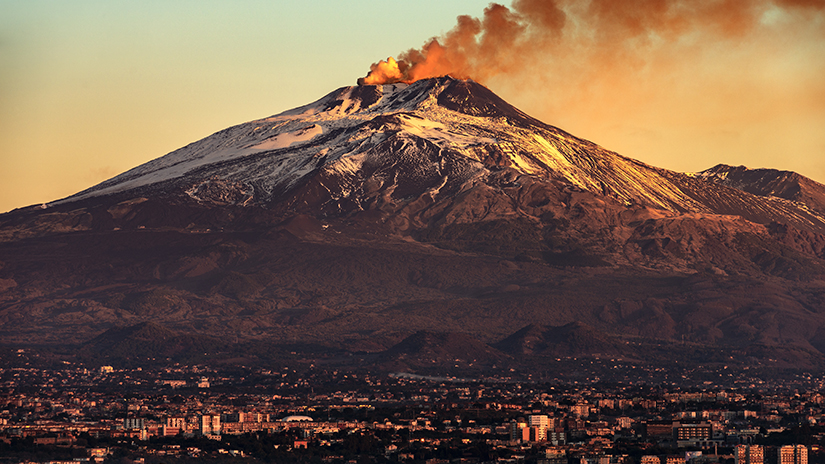
Mount Etna tops out at 11,014 feet above sea level, making it the tallest mountain in Italy south of the Alps. It’s also an active volcano, erupting on average every three years. A cable car whisks visitors to the top, riding above hardened lava flows from previous eruptions, to take in sweeping views of every direction. There are even two ski resorts with a total of 11 chairlifts, offering an incredibly unique way to take in the volcanic landscape.
